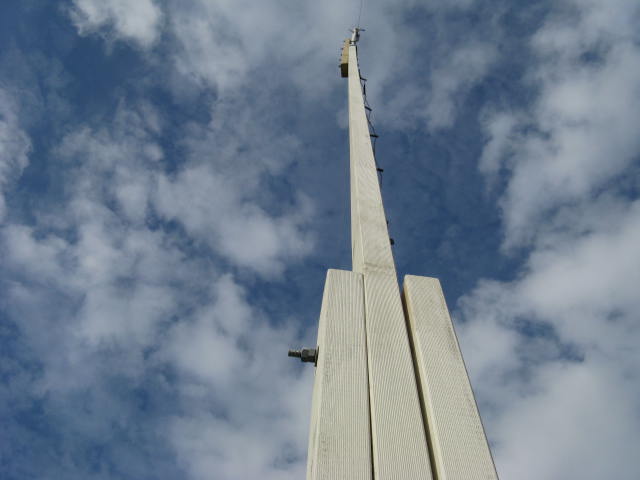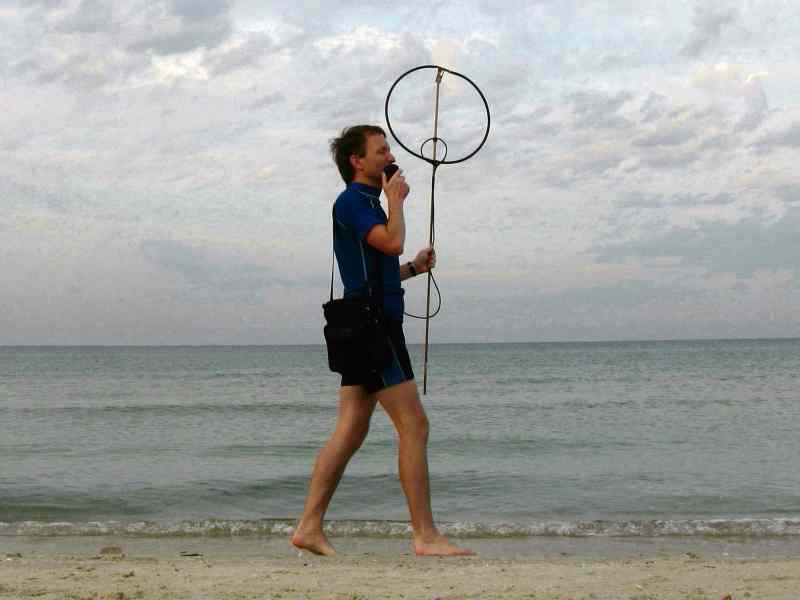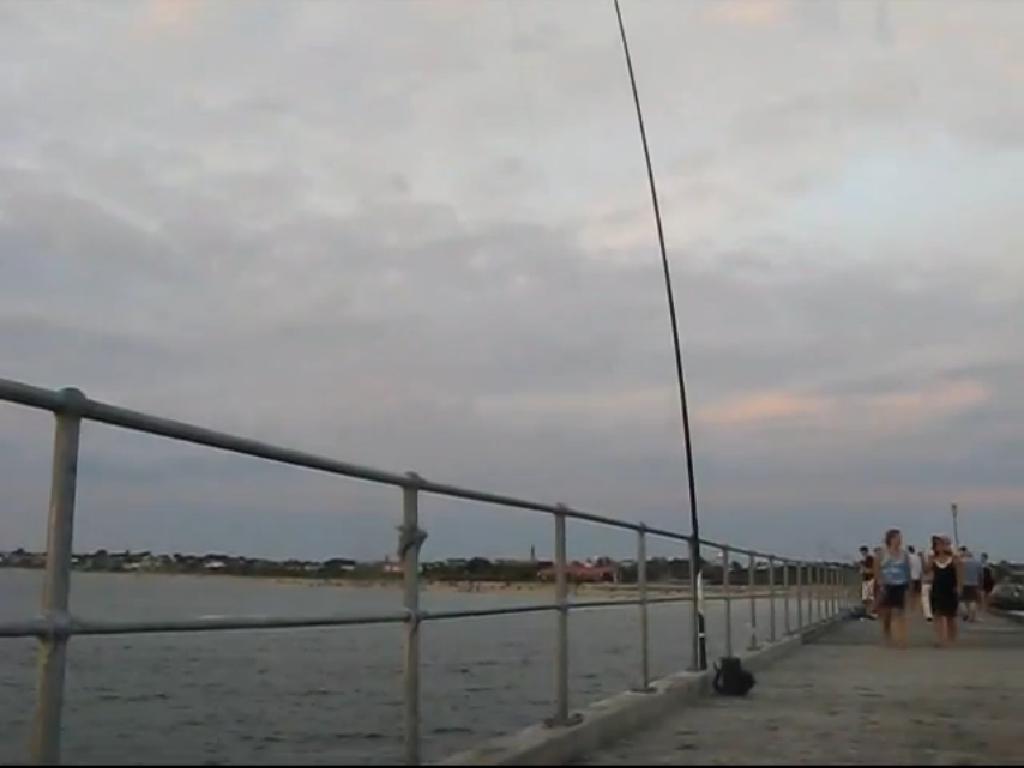Important to successful QRP is understanding the effect of changing power at various signal to noise ratios encountered on the bands.
If the signal is strong 3dB is hardly noticeable. If it's buried in noise it could be decisive.
Here's my reply to someone who was comparing a 3dB difference in radio signals with the effect of turning down a stereo to put out 10w instead of 20w.
The 10 - 20w audio difference is akin to comparing a signal that's s9+40 with one that's s9+37 dB with little ambient noise. There is little difference to the signal to noise ratio as the power is dropped so it's hardly noticeable. The FCC rule that requires US amateurs to use the minimum power practical for comfortable communication is bound in this logic.
But what if you're near the margins of readability which is where most of us work (especially if QRP)?
While it's less obvious than for FM transmissions, there is a threshold effect on HF where changes in power (either up or down) has a disproportional effect to your communications effectiveness. It's more significant at certain power levels than others. For HF SSB up to about 3000km, most contacts possible with 100w will also be possible with 10w (which is why people rave about the performance of the KX3). But go down to 1w and your success rate drops enormously unless your antenna/location is well above average.
If your signal is buried in band noise or amongst adjacent QRM then a 3dB increase is the difference between your signal being buried in the noise (and barely readable) and twice as strong as the noise (and readable). Or:
* Between not being heard and having perceptible signals to elicit a 'QRZ?' from the other guy
* Between hearing the occasional word and getting enough through for most words to be copied.
* Between difficult/painful copy and quite good copy that makes the contact a pleasure for the other operator.
In noisy 'real world' operating conditions with QRP a 3dB difference is significant especially if competing with noise.
To conclude, I wouldn't go throwing 3dB away in a hurry unless you are getting substantial gains in low cost, simplicity, small size and antenna lightness in return.




